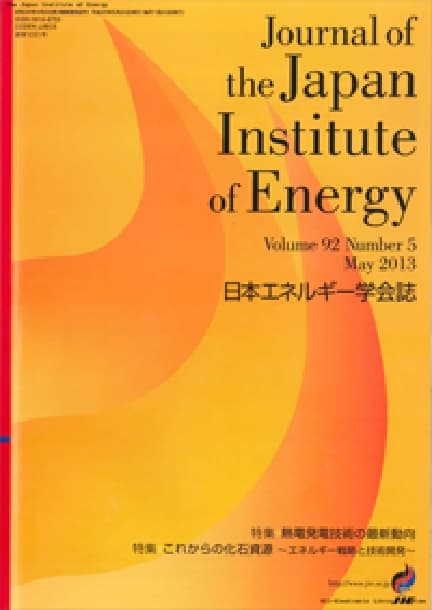Oxidative Cleavage of Linoleic and Linolenic Acids Followed by Decarboxylation for Hydrocarbon Production
Kiky Corneliasari SEMBIRING, Eiji MINAMI, Haruo KAWAMOTO, Shiro SAKA
pp. 1-7
DOI:
10.3775/jie.99.1抄録
Hydrocarbon fuel production from polyunsaturated fatty acids (linoleic and linolenic acids) was studied in a two-step process: oxidative cleavage followed by decarboxylation. In the first step, the effects of oxidizing agent concentration and reaction temperature were investigated. The optimum yield for oxidative cleavage of linoleic acid was 90.3 mol% of hexanoic acid and 53.8 mol% of nonanedioic acid; while that of linolenic acid was 60.0 mol% of nonanedioic acid. In the second step, decarboxylation of hexanoic and nonanedioic acids into hydrocarbons was investigated under different N2 pressures with a Pd/C catalyst to yield 73.5 mol% of n-pentane and 73.1 mol% of n-heptane, respectively, which correspond to the carbon number range of gasoline (C4-C10).
他の人はこちらも検索
日本エネルギー学会誌 Vol.99(2020), No.8
日本エネルギー学会誌 Vol.99(2020), No.9
日本エネルギー学会誌 Vol.98(2019), No.12










